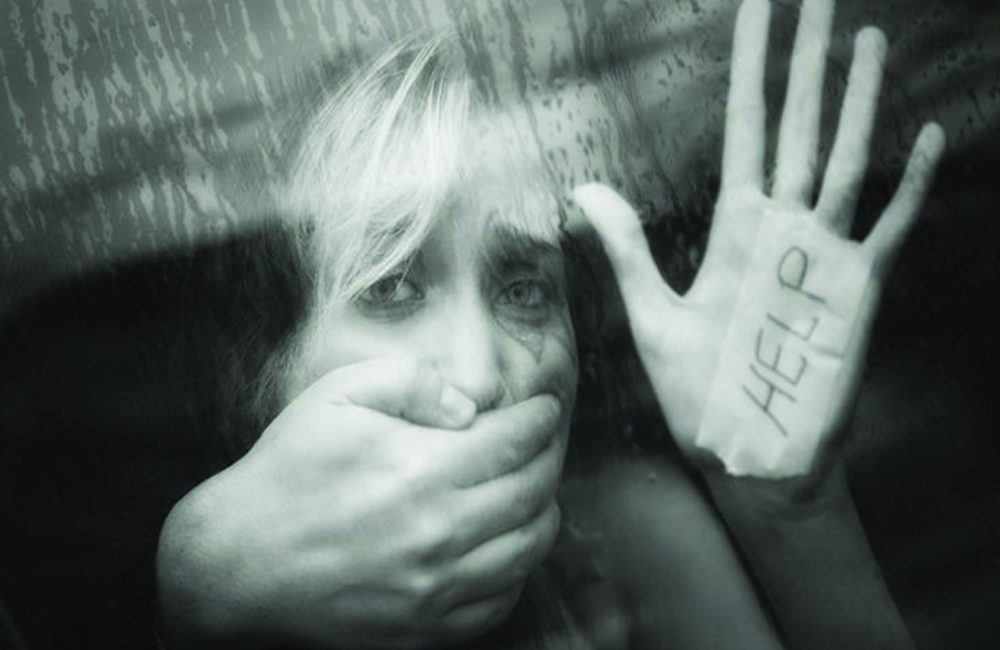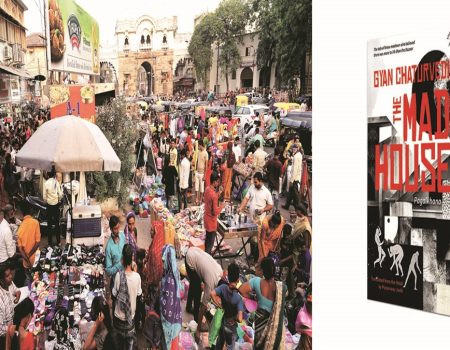In a world that worships goddesses but fails daughters, these true crime tales expose the darkest corners of our society, says Sakshi Priya
Candle in the Wind is a grim reminder of how crime against women and children continues unabated and why patriarchy is its real cause. Home is no longer a place of safety. These stories confirm what women have known all along.
There is a particular kind of dread that becomes part of a woman’s daily life. It begins as a whisper in childhood, sharpens in adolescence and calcifies into vigilance in adulthood. It is the mental checklist every time she leaves her home, the silent tension in elevators, the guardedness at work and most painfully, the quiet understanding that even within the walls of her own house, she may not be safe. It is exhausting. It is unrelenting. And it is real. In the face of this constant, numbing reality, Candle in the Wind by Sharmishtha Shenoy arrives as both testimony and indictment. This is not fiction. These are true crime stories, drawn from actual cases that occurred across India. Shenoy presents them without embellishment, but with acute precision and moral clarity. The result is a book that disturbs, enrages, and refuses to be forgotten. Each story exposes the fragile ground upon which women and girls stand. A six-year-old is sexually abused by the husband of her private tutor. A fourteen-year-old orphan, bright and academically gifted, is repeatedly raped by a man posing as a benefactor.
A young woman is murdered by a classmate who could not handle her refusal. Teenage girls become victims of a serial killer who preys on them as they travel to and from school. A woman, emotionally destroyed by infertility and constant domestic abuse, fakes a pregnancy and attempts to abduct a newborn in a desperate bid to restore her place in her marriage. These stories, though distinct in detail, share one underlying theme, the systemic devaluation of female life. The violence is physical, emotional, psychological, and social. It comes from strangers, acquaintances, lovers, and family members. One moment in the book captures this horrifying normalcy. A woman, recounting an instance of abuse, says, “This time, my husband beat me.” That one sentence says everything. About how violence has been normalised. About how women are often complicit in the pain of other women. About how deep patriarchy runs in our homes and minds. What elevates the book is its structural clarity and ethical steadiness. They are presented factually, allowing their gravity to speak for itself. In doing so, the book becomes not only a record of incidents but a reflection of the broader cultural, legal, and familial failures that enable them. The phrase “candle in the wind” evokes fragility and the inevitability of being extinguished by forces beyond control.
Each life documented here, whether lost, shattered or forever altered — is such a flame. What also persists is the broader question: what will it take to stop this? If these are only the cases that made it into the public record, what of the countless others that remain buried under shame, silence or social coercion? Read this book. Then ask yourself: how many more candles must be extinguished before we change the way we live?
About the Book
Book: Candle in the Wind
Author: Sharmishtha Shenoy
Publisher: Rupa
Price: Rs 395/-








No Comment! Be the first one.